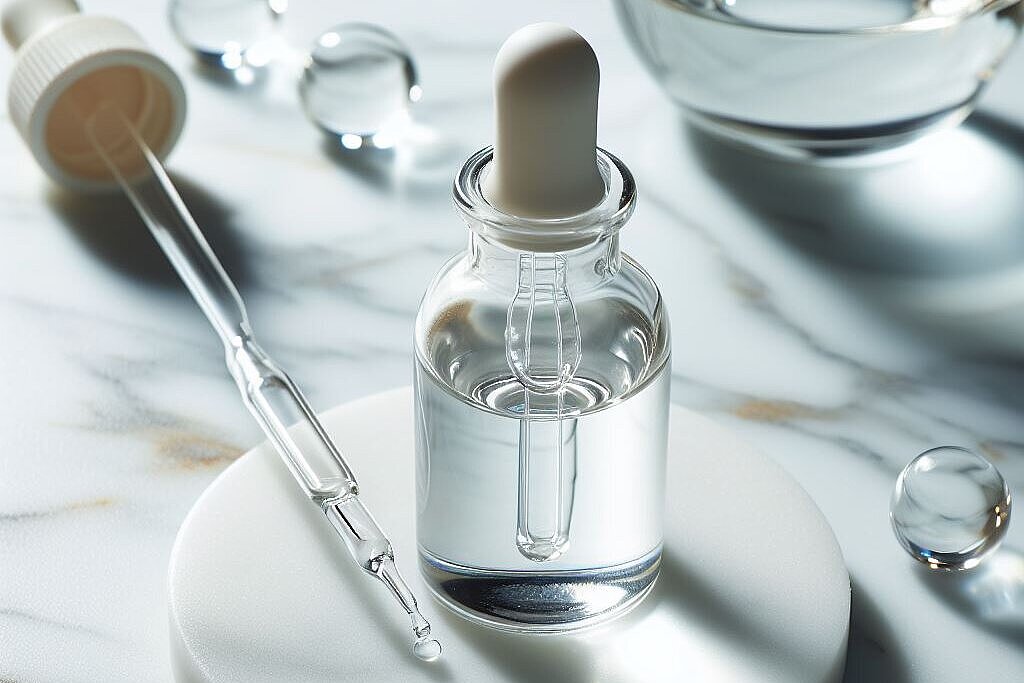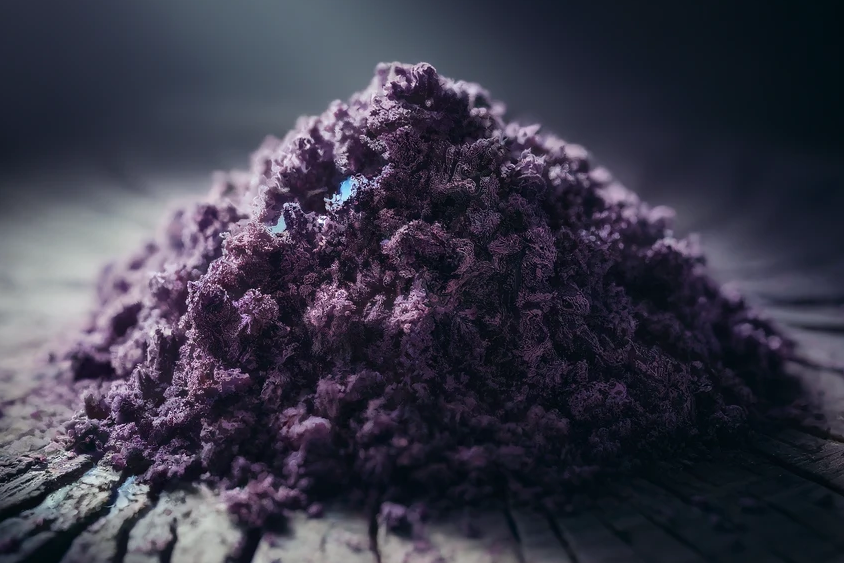Sodium perborate

What is sodium perborate?
Sodium perborate is a chemical compound that serves as a source of active oxygen and is therefore often used as a bleaching agent and disinfectant in detergents, cleaning products and some dental care products. On contact with water, the compound releases hydrogen peroxide, a powerful oxidizing agent known for its cleaning and bleaching properties.
Properties and applications
Due to its effective bleaching and disinfecting properties, sodium perborate is widely used in industrial and household applications. It helps to remove stains, disinfect surfaces and ensure general hygiene. Its use in dental care products aims to reduce discoloration and provide a whiter smile.
Benefits of sodium perborate for dogs
Possible use in hygiene
In theory, sodium perborate could offer potential benefits in products used for dog hygiene. It could help to remove stains from fur and paws and provide some disinfection. However, its use in direct contact with dogs is extremely rare and is not recommended as the risks outweigh the potential benefits.
Disadvantages and risks
Toxicity and health risks
The main disadvantage of sodium perborate in the context of dogs is its potential toxicity. The release of hydrogen peroxide can cause irritation or damage to the skin, eyes and respiratory tract. Accidental ingestion can cause more serious health problems such as gastrointestinal irritation, vomiting and diarrhea. The sensitivity of dogs to chemical substances makes the use of products containing sodium perborate in their vicinity problematic.
Lack of specific research
Another drawback is the lack of specific research on the effects of sodium perborate on dogs. While the general toxicity risks are known, there is little concrete data on long-term effects or specific risks in dogs. This lack of information makes it difficult for pet owners to make informed decisions about the safety of using products containing sodium perborate.
Sodium perborate may be effective in human hygiene and cleaning, but its use in the context of dogs is highly questionable and potentially dangerous. The risks of exposure far outweigh the potential benefits, especially given the sensitivity of dogs to chemical substances. Dog owners should exercise extreme caution and keep products containing sodium perborate away from their pets.
If you notice any signs of hypersensitivity or poisoning in your dog, you should see your vet immediately. We are not a substitute for a vet, but we try to be as accurate as possible. Every dog reacts differently and we recommend you get a second opinion or consult your vet if in doubt.
Stay healthy and take good care of your four-legged friend!😊
Similar to Sodium perborate
Hydrogen peroxide is a pale blue liquid that is colorless in diluted form and soluble in water and organic solvents. It is known for its oxidizing properties, which make it an effective disinfectant...
Sodium percarbonate (Na2CO3-1.5H2O2) is a white, crystalline powder that serves as an effective bleaching agent and disinfectant. It is known for its environmentally friendly properties, as it...
Sodiumhypochlorite (NaClO) is a chemical compound of sodium, oxygen and chlorine. It is formed when chlorine is introduced into a sodium hydroxide solution. The resulting liquid, often referred to...
Potassium permanganate (KMnO4) is a strong oxidizing agent that comes in the form of dark purple crystals or granules and dissolves in water with a characteristic deep purple color. It is used in...



